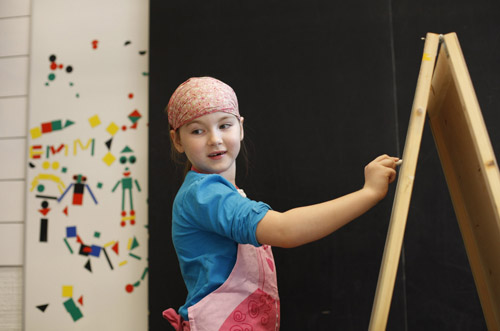
The New York City Arts in Education Roundtable, 会員主導の芸術教育団体の協会, 保持した 2012 先週の対面カンファレンス. 国内外のコミュニティにおける芸術のベストプラクティスに関するプレゼンテーションが行われました, which included successful programs in Dallas Texas, ベネズエラ, Scotland and Finland.
Co-Chair Kati Koerner commented, “These are places where they are thinking about arts education across entire nations. Given the fact that arts education access is still (despite NYC Department of Education Office of Arts and Special Projects efforts) distributed quite inequitably across our 1700 schools in New York City, it is inspiring to hear that in other places every child has the opportunity to engage in hands on arts learning. That is a beacon for us. It makes us realize that we have a long way to go.”
I had the opportunity to have a more private “face to face” with conference participant Dr. Eija Kauppinen on the thinking behind arts education in Finland today and for the future. DR. Eija Kauppinen has been Counselor of Education at the Finnish National Board of Education (the FNBE) から 2006. In the FNBE, she is responsible for issues related to music and dance education from pre-school to professional training.
What is Finland currently doing in terms of an arts curriculum in primary/secondary school education and what are your goals and objectives going forward?
フィンランドの公教育制度にはすでに音楽が存在します。, 視覚芸術, and crafts education that is compulsory for all students aged 7 へ 16. しかしながら, over the past decade there has been a lot of pressure (especially from arts advocates and other experts) to further increase arts education in Finland. Our ministry of education established a working group in August, 2011 to draw up a proposal covering new general educational objectives in Finland. That proposal (Future of Basic Education) was published last Friday and aims to strengthen many areas including arts education, 体育, civic and citizenship education, education in environmental issues, and diversification of language teaching. The working group proposed increasing the number of required lesson hours in music, 視覚芸術, and crafts for all students (music from 7 へ 8 週時間, visual arts from 8 へ 10 週時間, and crafts from 11 へ 12 週時間). The extra hours will guarantee the availability of qualified teachers in the arts subjects. The proposal would also enable specialization in teaching arts. Our government now has to agree this proposal and issue the Government Decree on the General National Objectives and Distribution of Lesson Hours, and then the FNBE will draw up National Core Curricula for basic education.
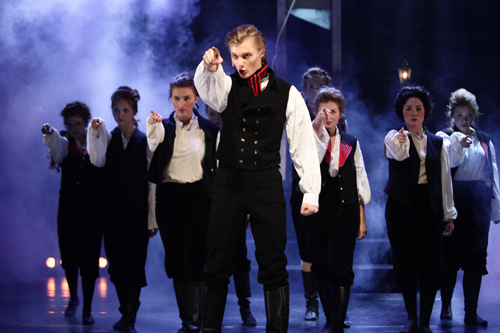
Can you explain how you will be able to get better qualified arts teachers by adding more hours to your curriculum? How many years do your teachers study before they are considered qualified?
We have two kinds of teachers in basic education: class teachers who teach in grades 1-6, and subject teachers who teach in grades 7-9. There has been a slight shortage of qualified subject teachers in grades 7-9, because there have not been enough lesson hours for full-time arts teacher positions in some schools. The situation has been the worst in music. I think that the working group’s idea has been that increasing the number of lesson hours may bring more full-time teacher positions, which may facilitate the recruitment of qualified teachers.
In Finland’s basic education system, all qualified teachers must have a Master’s degree. The Master’s degree can be completed in five to five and a half years from entry to college.
How do your teachers assess students studying the arts in the current system?
Teachers are responsible for pupil assessment. Pupil assessment is divided into assessment during the course of studies and final assessment. According to our national curricula, the tasks of assessment are to guide and encourage studying and to depict how well the pupil has met the objectives established for learning. The task of the final assessment is to define how well the pupil has achieved the objectives of the basic education syllabus in the different subjects.
Our national curricula include the criteria for final assessment in core subject areas and also in music, 視覚芸術, and crafts. Teachers have to assess the pupil’s performance with those criteria on the basis of diverse evidence. 例えば, in music education we have eight criteria for different kinds of key competences in music, 例えば, the pupils will “master, as individuals, the basic technique of some rhythm, melody, or harmony instrument so as to be able to play in an ensemble” または “know how to listen to both their own music and music produced by others, so as to be able to make music together with others.”
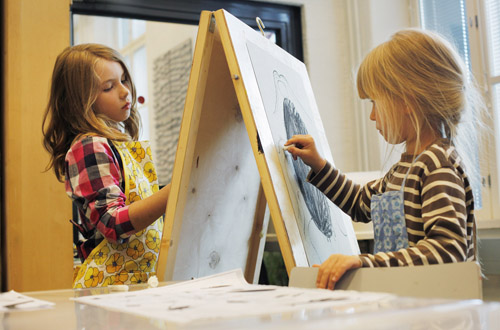
How do you see the impact of the arts on students’ personal development?
最初の, arts subjects are essential if we think in terms of personal development. The arts are essential tools to increase self-awareness and understanding of your own and other’s experiences; the arts are a means to understanding emotions and the emotional aspects of life; the arts are also essential tools in self-expression.
第2, if we want to promote our children’s creativity, the arts play an important role. Creativity should be part of teaching in all subject areas, もちろん, but the arts are key for learning active problem solving and for understanding and learning creative processes.
加えて, in terms of students’ abilities in other subject areas, based on cognitive studies, it seems that the arts promote our capability to learn other subject areas too. 例えば, learning music in early childhood seems to develop one’s linguistic capacity. (Please see the work of Minna Huotilainen at the University of Helsinki).
What other things do you believe need to be added to the current arts curriculum in Finnish schools?
The arts should be part of everyday life in schools and a part of the operational culture of our schools.
We need to draw up objectives for an arts education in such a way that it is able to foster the development of critical thinking skills, i.e. the ability to apply skills and knowledge, to analyze, to evaluate and to create.
現時点では, the aim of our music education is to develop basic knowledge in music and skills in singing, playing instruments, and composing. We should continue to strengthen all these skills in the future, but what we should promote in particular is composing. To get children involved in composing is an excellent way to promote their creativity.

What is your perspective on arts education in the US today?
You have great teachers and great practices, but every child should have access to an arts education, which I understand is not the case everywhere. All children need a broad general education, including arts. You have excellent arts institutions and artists too, and have the opportunity to be a leader in arts education.
What did you learn in Face to Face 2012 about the state of the arts in the US?
I learned that you have excellent practices and practitioners in the field of arts education. We have always believed that the reason Finland is so successful in education is because we have excellent teachers. しかしながら, what also matter are the resources (時間, 教室, 装置, その他). A high quality education is not only dependent on teachers’ personal characteristics; conditions matter too.
For more information on the NYC Arts in Education Roundtable
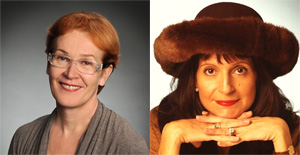
Photos courtesy of the Finnish Arts Association of Basic Education for the Arts, Sorin Sirkus, 博士. エイヤKauppinen.
教育のためのグローバル検索で, サー·マイケル·バーバー含め私に参加し、世界的に有名なオピニオンリーダー (英国), DR. マイケル·ブロック (米国), DR. レオンBotstein (米国), DR. リンダダーリング·ハモンド (米国), DR. マダブチャバン (インド), 教授マイケルFullan (カナダ), 教授ハワード·ガードナー (米国), 教授イヴォンヌヘルマン (オランダ), 教授クリスティンHelstad (ノルウェー), ジャンヘンドリクソン (米国), 教授ローズHipkins (ニュージーランド), 教授コーネリアHoogland (カナダ), 夫人. シャンタルカウフマン (ベルギー), 教授ドミニクラフォンテーヌ (ベルギー), 教授ヒューローダー (英国), 教授ベン·レビン (カナダ), 教授バリー·98名 (オーストラリア), 教授R. Natarajan (インド), DR. デニス教皇 (米国), Sridhar Rajagopalan (インド), DR. ダイアンRavitch (米国), サー·ケン·ロビンソン (英国), 教授パシSahlberg (フィンランド), アンドレアス·シュライヒャー (PISA, OECD), DR. アンソニー·セルドン (英国), DR. デビッド·シェーファー (米国), DR. キルスティン没入Areの (ノルウェー), 首相スティーブン·スパーン (米国), イヴTheze (リセ·フランセ·米国), 教授チャールズUngerleider (カナダ), 教授トニーワーグナー (米国), 教授ディランウィリアム (英国), DR. マークWormald (英国), 教授テオWubbels (オランダ), 教授マイケル·ヤング (英国), 教授Minxuan張 (中国) 彼らは、すべての国が今日直面している大きな絵教育問題を探るように. 教育コミュニティページのためのグローバル検索
C言語. M. ルービンは彼女が受け取った2つの広く読まれているオンラインシリーズの著者である 2011 アプトン·シンクレア賞, “教育のためのグローバル検索” そして “私たちはどのように読み込みます?” 彼女はまた、3冊のベストセラーの著者である, 含めて 不思議の国のアリスリアル.


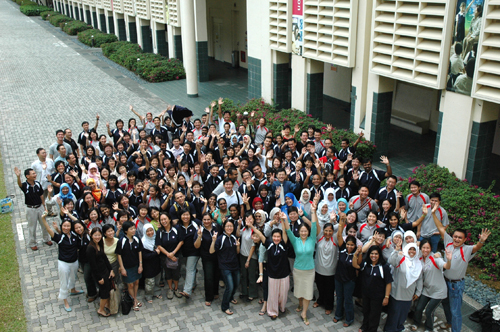
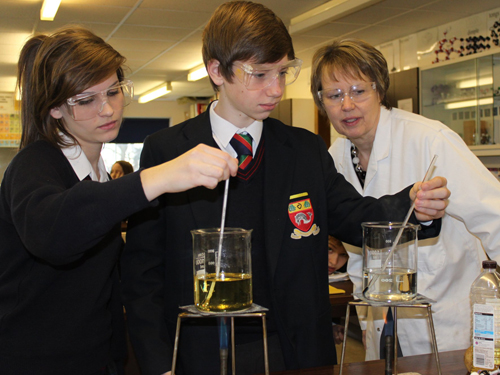
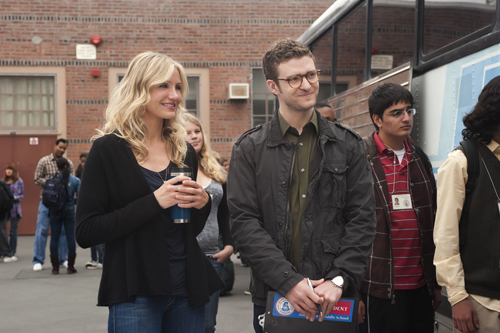
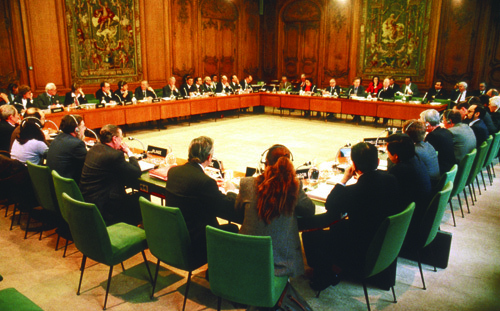
最近のコメント